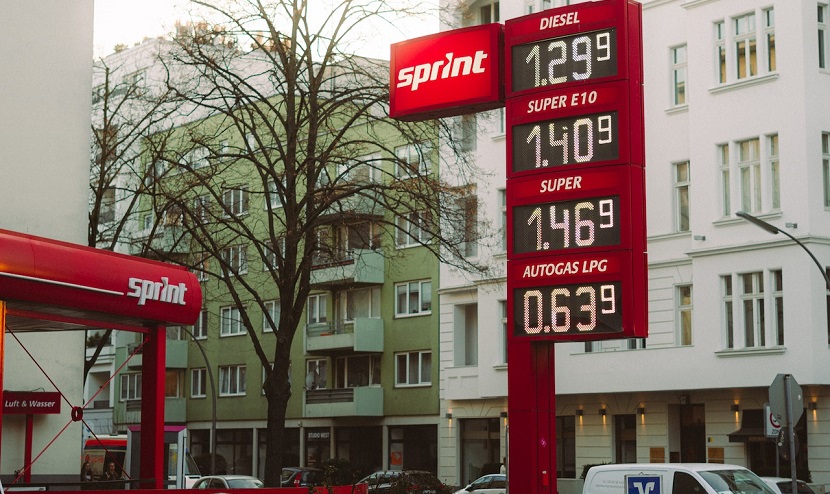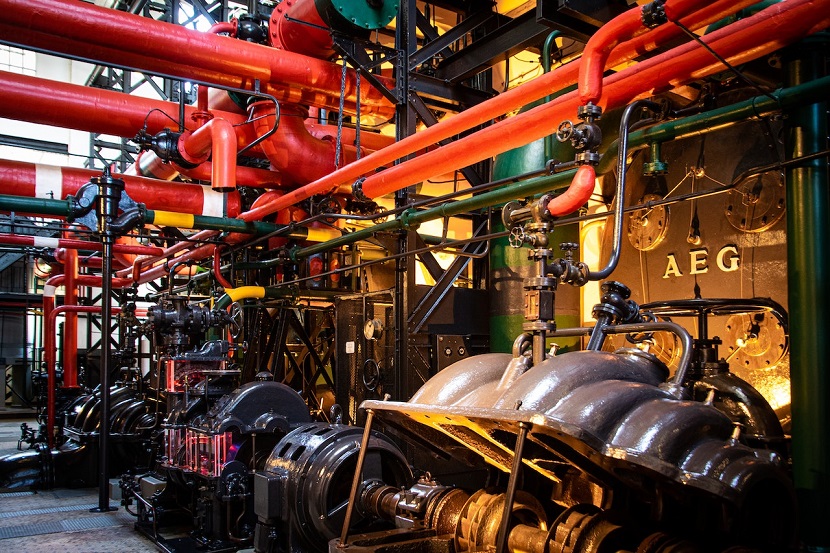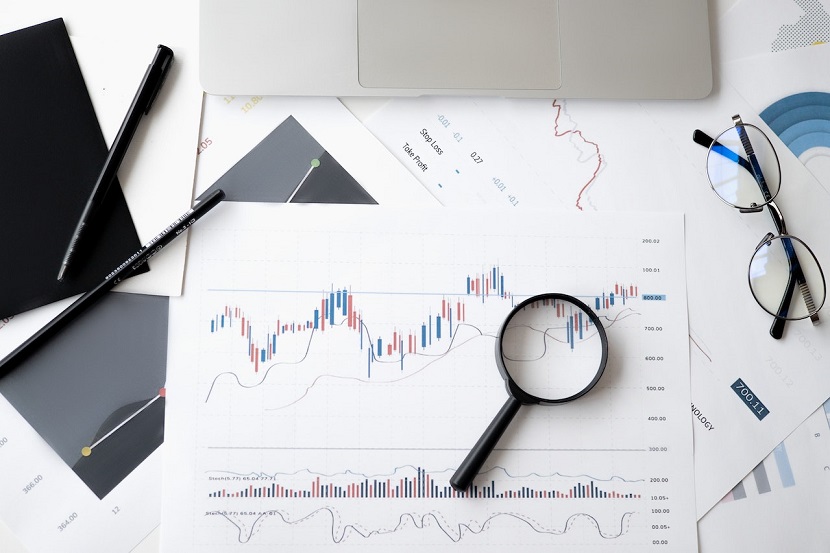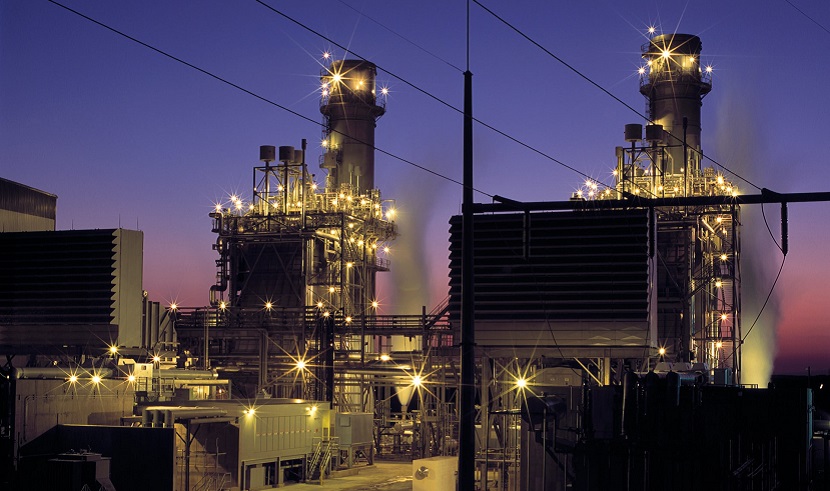A sort of pooled investment instrument that gives investors exposure to natural gas prices is a natural gas ETF (exchange-traded fund). Instead of holding stocks in natural gas firms, these funds typically invest in a basket of natural gas futures contracts under the supervision of a professional manager who acts as the investors’ agent. Commodity ETFs ought to be simple to make, in theory. That’s not exactly accurate, though. In their backyard, no asset management business would want to store truckloads of natural gas. An alternative mechanism for exposure to natural gas is required by such a limitation.
Natural Gas ETFs: what are they?
Natural gas is a resource with a wide range of uses. It serves as a source of energy for the production of power, gasoline, heating, and cooking as well as polymers and other organic molecules. Investors should be aware of the distinctions between a natural gas ETF and other common ETF kinds. Many ETFs directly own the assets they represent, such as gold ETFs that hold physical bullion or industry-sector ETFs that own the stock of businesses engaged in that sector.
However, it’s uncommon for natural gas ETFs to own any actual natural gas. Instead, they indirectly possess natural gas through the acquisition of contracts for natural gas futures that are traded on a commodities exchange. As a result, the success of a natural gas ETF depends on the general direction of natural gas’s price, as determined by trading on the commodities exchange.

Through the investment looking glass
The cleanest, most cost-effective, and productive way for an asset management organization to gain exposure to natural gas would be to take a long position in the natural gas futures contract. Although the procedure may appear onerous, a typical retail investor lacks any practical ways to gain exposure to a risky asset class like natural gas without owning a futures account.
Even if an investor buys a futures contract, there are unpleasant mark-to-market margin requirements and a chance of the dreaded margin call. A retail investor can gain exposure to a complicated derivative under the guise of a standard instrument by using a natural gas ETF. By doing so, it expands access to a variety of asset classes and gives people a way to diversify their returns.
Downsides of natural gas ETF
Natural gas ETFs are susceptible to a specific kind of risk known as contango because they contain futures contracts. The manager of the natural gas ETF is required to buy fresh futures contracts each month to replace the ones that expire. Because the rates of the new contracts are typically a little bit higher than those of the old contracts, the fund manager must pay additional expenses each time a contract is changed. These minor expenses have the potential to pile up over time to significantly lower the performance of the fund as a whole.
Due to this, investors would typically steer clear of using natural gas ETFs as a form of long-term investment vehicle. The continual roll-over of futures contracts may result in considerable costs for an investor due to contango risk. Thus, even if natural gas prices increase during the investment period, the increase may not be sufficient to generate a profit on the entire investment. Therefore, the majority of investors seeking exposure mostly utilize natural gas ETFs as a short-term trading tool, preventing the costs of contango from amassing enough to have a significant impact.

The US natural gas ETF is the one and only
Except for inverse and leveraged funds and those with less than $50 million in assets under management, the United States Natural Gas Fund is the only natural gas ETF that trades in the United States. The ETF outperformed the 19% decrease in the S&P 500 Index as of November 9 despite underperforming the benchmark Bloomberg Natural Gas Subindex’s 16% year-over-year increase
In order to trade commodity futures contracts, UNG is set up as a commodities pool, a private investment entity that pools investor contributions. By purchasing natural gas futures contracts, the fund offers exposure to natural gas price fluctuations. The daily percent fluctuation in the price of natural gas delivered at the Henry Hub, Louisiana, is what UNG intends to imitate. It makes investments in front-month futures contracts, or those with the earliest expiration dates. Accordingly, the fund is better suited for traders using a short-term strategy because it is more sensitive to the negative effects of contango. The ETF might be desirable as an inflation hedge as well.

Various methods for building natural gas ETFs
1. Physical commodity ETF:
– Exposure gained by holding the commodity in one’s hands.
– Practically impossible for commodities like natural gas because of the cost of storage, insurance, and other extraneous charges.
2. An ETF with an equity exposure that invests in natural gas company stock:
– Acquire indirect exposure based on stock performance.
– Since there aren’t many pure-play natural gas players, this approach isn’t ideal.
3. Futures-supported ETF
– Purchase a natural gas futures contract and roll it over as time goes by.
– Of the three alternatives, has the strongest link to natural gas prices.
– The method of choice for exposure to commodities.

Returns from a natural gas ETF
An investor can use one of three channels to use natural gas ETFs to produce returns based on gas prices. These are what they are:
One-off returns:
The rule of supply and demand governs returns in this traditional method of return. Natural gas prices will surely rise if there is a shortage due to production difficulties. On the other hand, prices will decrease as a result of a lack of demand brought on by milder winters.
One of the few commodities with a steady stream of predictable supply but an unexpected demand curve is natural gas. Contrarily, food-based commodities show a stable demand but a hazy supply outlook.

Roll yield:
It is not possible to approach derivatives as a typical cash-based security. Consequently, it is impossible to employ a purchase and hold strategy. Futures are typically purchased with the goal of rolling them over, which is the financial word for renewing a short-term contract. There are two outcomes that could occur during the rollover: either the futures price is higher than the current price or vice versa.
What is a contango?
It is known as contango and is a losing investment if the futures price is higher than the spot price. Think about a buyer of a $4 contract to get X MMBTU of natural gas at the conclusion of the following three months. Consider a scenario in which the spot price of $3 does not change significantly until the end of the three-month term. The futures price will converge with spot on the expiration date in accordance with the arbitrage concept. The data above shows that it will result in a loss of $1 per contract.
What about backwardation?
Backwardation, on the other hand, occurs when the futures price is lower than the spot price and results in a profit for the investor. An investor, for instance, pays $2 for a contract to receive Y MMBTU of natural gas over the course of a month, whereas the market price is $3. The investor will benefit $1 if the spot price stays the same on the day of expiry and the law of arbitrage takes effect.
Are there any challenges?
Now, the reason why the futures trade at a discount to the spot would be a question. The temporal worth of money shouldn’t be considered. It does, but the effect of it is diminished by something called convenience yield (benefits from physically holding the asset). Rolling yield is the name given to the yield that can be obtained above. For investors, it is the main source of return. Despite the fact that it appears to be rather sophisticated, it actually involves both taking risks and some aspects of arbitrage.
Finally, no asset management wants to accept physical commodities due to a number of issues, including storage, shipping, and lack of end use. As a result, the contracts frequently do not result in the delivery of the asset and must be renewed.

Cash return:
Any funds left over after paying for futures would be used to buy safe investments like Treasury bills or government securities. Cash yield is the result of the returns produced by the assets. It is a system set up to deal with operational concerns and tactical capital allocation based on the fund’s objective, not the major source of returns.



